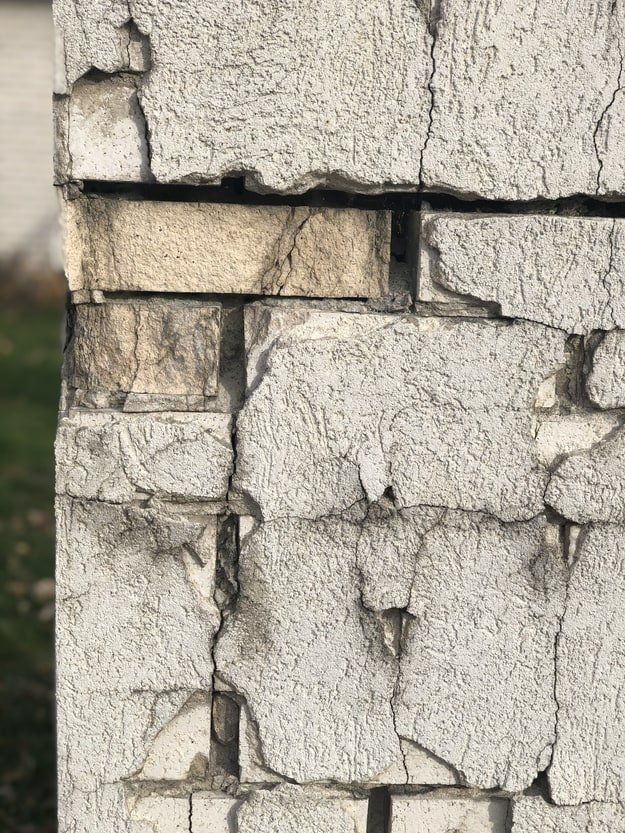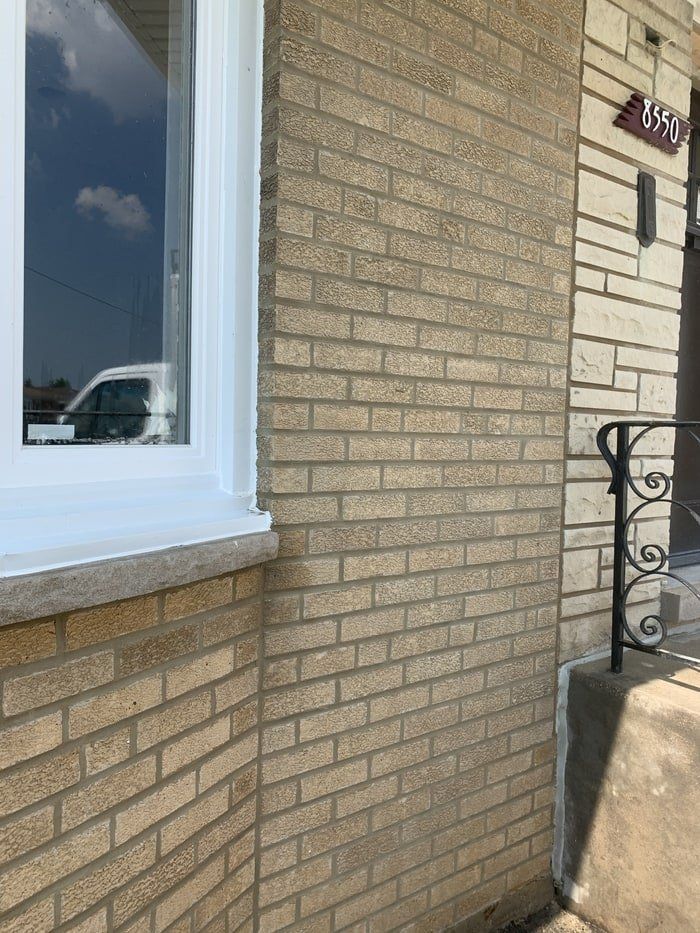Do weather conditions affect tuckpointing services?
If you see cracks and damage to your home or building, you’ll probably want to have it addressed as soon as possible before things get progressively worse. Before hiring someone to complete the repairs, you’ll need to know how your current (and future) weather conditions will affect the contractors ability to actually get the work done. This is especially true when you’re dealing with elements of your home that are exposed to fluctuating climate conditions such as any brickwork like walls or chimneys.
Does weather have an effect on when tuckpointing can take place?
The weather and temperature outside will certainly affect a contractors ability to do any tuckpointing service to your home. If your contractor has been in the trade for a long time, they would know how to adjust for the current weather and any possible changes to still get the job done properly and on time. Despite that, there may be times where other factors get in the way of completing the job, such as the compatibility of the materials with the fluctuating temperatures. It is in both of your discretions to plan on whether to have the service rescheduled for another day or to proceed knowing that the results could turn out slightly different than expected.

Slide title
Write your caption hereButton
As a homeowner, it would be best to be informed about the possible risks the weather may have on the repair of your home. If not done properly, the following may happen:
Signs that tuckpointing was improperly done due to weather conditions:
If tuckpointing was done incorrectly, there will be visible indicators of flawed work and quality, such as the spalling, flaking, and cracking of the mortar joints. If not taken care of properly, the masonry materials you have will most likely be damaged as well. This flawed work can mean additional time, money and resources in the near future.
What temperature is too hot for tuckpointing?
If the ambient temperature around the area that needs to be tuckpointed is above 115 °F, or 105 °F with a wind velocity of over 8 miles per hour, it is considered too hot for tuckpointing.
Can tuckpointing be done during summer?
Yes. Though the temperatures above are considered “too hot,” there are ways to work around it and continue with the tuckpointing.
What needs to be done:
If you have to tuckpoint in extremely hot weather, you have to place your materials under a shade and not mix them under direct sunlight. Your bricklayer will also have to check your mortar regularly and maintain its temperature if needed by adding in cool mixing water. It is highly recommended to have the mixture used within two hours after it was mixed to maintain its desired state.
What temperature is too cold for tuckpointing?
If the temperature around the area that needs to be tuckpointed is below 40 °F to 32 °F, it is often considered to be too cold for tuckpointing.
Can tuckpointing be done during winter?
Yes. There is also ways to proceed with tuckpointing when the temperature is “too cold”.
What needs to be done:
If you really need to do the tuckpointing in extremely cold weather, there may be visible ice or snow around the surface that needs to be tuckpointed. This would obviously have to be removed before continuing the process. In addition, contractors can set up an external enclosure that can be heated to more ideal temperatures. Not only that, but certain additives can be added to mortar that speed up the drying process and keep the temperature of the mortar at more consistent, warmer temperatures. After the process has been completed, it is often recommended to continue covering the newly constructed material with weather-resistive barriers for a minimum of 24 hours.
What temperature is perfect for tuckpointing?
Ideal conditions are anywhere between 40 and 100 degrees Fahrenheit without any precipitation coming down. Cloudy days can affect the time it takes for the mortar to dry and direct sunlight can cause the mortar to dry very quickly. In any event, the new mortar should be allowed at least 24 hours to gradually dry before being exposed to rain, snow, or heavy winds.


